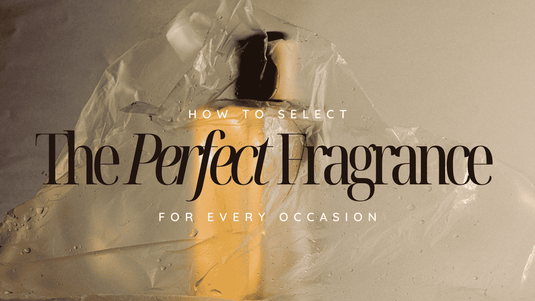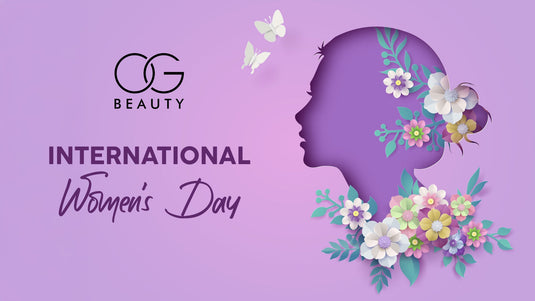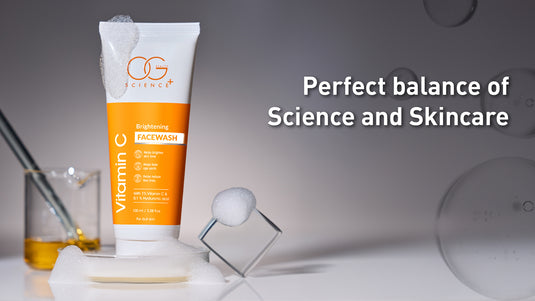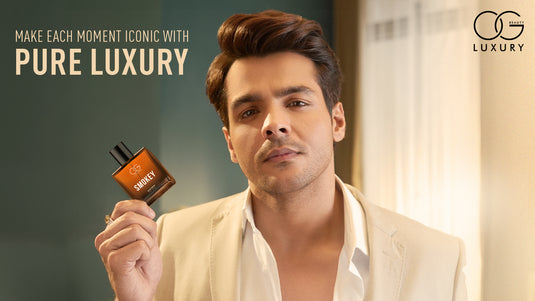In the world of perfumes, understanding the differences between Eau De Cologne, Eau De Toilette, and Eau De Parfum can be quite confusing. These terms are often seen on the labels of perfume bottles, but what do they mean? Let's decode the fundamentals of fragrances to help you pick the perfect scent for any occasion.
Choosing the perfect fragrance is such a personal experience. We all want a scent that not only resonates with us but also lingers throughout the day, creating a sense of comfort and familiarity. The long-lasting effect of a fragrance is like a warm hug that follows you wherever you go, wrapping you in a cocoon of memories and emotions. It's a beautiful thing to have a signature scent that becomes a part of your identity, subtly accompanying you through the ups and downs of life.

Eau De Cologne
Eau De Cologne, often referred to simply as cologne, is a type of fragrance with a lower concentration of essential oils. Typically containing 2-4% perfume oil, colognes are known for their light and refreshing scents. This makes them perfect for everyday wear or during warmer seasons. Due to their lower concentration, colognes tend to fade faster compared to other types of fragrances. However, they are great for those who prefer a subtle and understated scent that doesn't overwhelm.
Eau De Toilette
Eau De Toilette, or EDT for short, sits in the middle of the fragrance concentration spectrum. With a perfume oil concentration of around 5-15%, EDTs strike a balance between longevity and intensity. These fragrances are versatile and can be worn for various occasions, from work to a night out. EDTs typically last longer on the skin compared to colognes, making them a popular choice for those looking for a scent that lingers throughout the day.
Eau De Parfum
Eau De Parfum (EDP) is considered as the most concentrated form of fragrance. With a perfume oil concentration of 15-20%, EDPs pack a powerful and long-lasting punch. These fragrances are perfect for special occasions or evening wear when you want a scent that will make a statement and last for hours. While EDPs tend to be pricier than colognes or EDTs, a little goes a long way with these potent scents. There are various options available in the market like OG Beauty Luxury that lets you enjoy affordable EDPs.
So, what's the key difference between these three types of fragrances? Well, the everything comes down to the concentration of perfume oils that it constitutes. Eau De Cologne has the lowest concentration, followed by Eau De Toilette, and finally, Eau De Parfum with the highest concentration. Consider your preferences and the occasion when choosing the right fragrance for you.
Parfum power tips for a scent that lasts all day
- Fresh Start: Spritz your perfume onto clean, freshly showered skin. Warm, damp skin absorbs fragrance best, helping it linger longer.
- Pulse Point Power: Target your pulse points for maximum impact. These areas naturally emit warmth, helping to diffuse and intensify your scent. Considerably wrists, behind the ears, base of your throat, inner elbows, and even behind your knees.
- Skip the Rub: All you need to do is resist the urge to rub your wrists together! This can break down the perfume molecules, weakening the scent. A gentle pat is all you need.
- Less is More: A single spritz is often all you need! Remember, you want a subtle, captivating scent, not an overpowering cloud.
Conclusion
In conclusion, understanding the differences between Eau De Cologne, Eau De Toilette, and Eau De Parfum can help you make an informed decision when selecting a fragrance. Whether you prefer a light and fresh scent, a versatile everyday fragrance, or a powerful and long-lasting perfume, there is a perfect option for everyone. Experiment with different types of fragrances to find the one that best suits your style and personality. Happy scent hunting!



